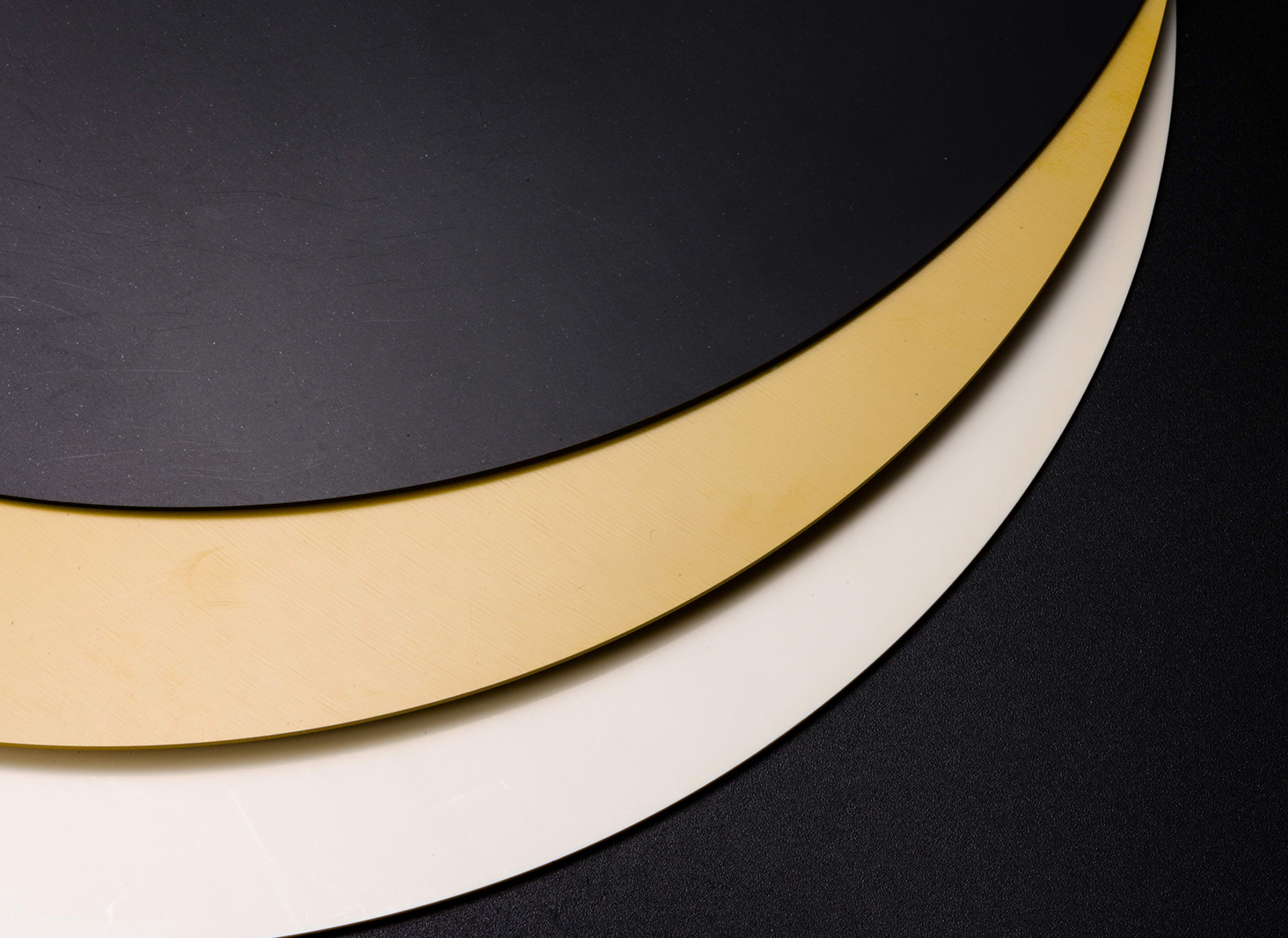Full Flat Machining
This is a high-precision plate thickness machining technique for plastics using Kishimoto Industry’s own special techniques. Full Flat Machining enables uniform machining over a large area and excellent surface accuracy can be achieved. All types of plastics can be machined.
Effects include:
- Maintaining stable dimensional tolerances in the next process.
- Minimizing cumulative errors during assembly
- Improving work efficiency


Advantages of Full Flat Machining
High accuracy (thickness tolerance can be specified)
Full Flat Machining allows for uniform thicknesses in a wide range of areas, and thickness tolerances can be freely specified.

High surface accuracy and clean cut finish
Transparent materials such as acrylics are also finished in a clean cut manner without compromising transparency.

Reduced machining time/improved productivity
The number of man-hours for primary machining is greatly reduced.

Reducing emissions and eco-friendly procurement
The amount of waste such as chips and scraps can also be reduced.

Material conversion is possible
High precision makes it possible to switch materials from metal.
You can expect lighter, rust-free and higher precision machining than ever before.
Full Flat Machining Specifications
Plate thickness tolerance
±0.03 mm of the specified dimension
Machining range
Plate thickness: Starting from t1.0
Maximum: 350mm x 1,200mm
*You can specify any number in the above range.

Usage Examples and Applied Fields
- Soldering tank flow/reflow palette
- Trays and pallets for substrate transfer
- Checkerboards, pinboards
- IC-related parts, various precision machine work
- Jig production and fine machining
- Semiconductor, aircraft and automotive parts
- Pallets, trays, and other parts for various production lines
- Components for measuring instruments
- Research and development of new materials
- Test specimen production
- Other











